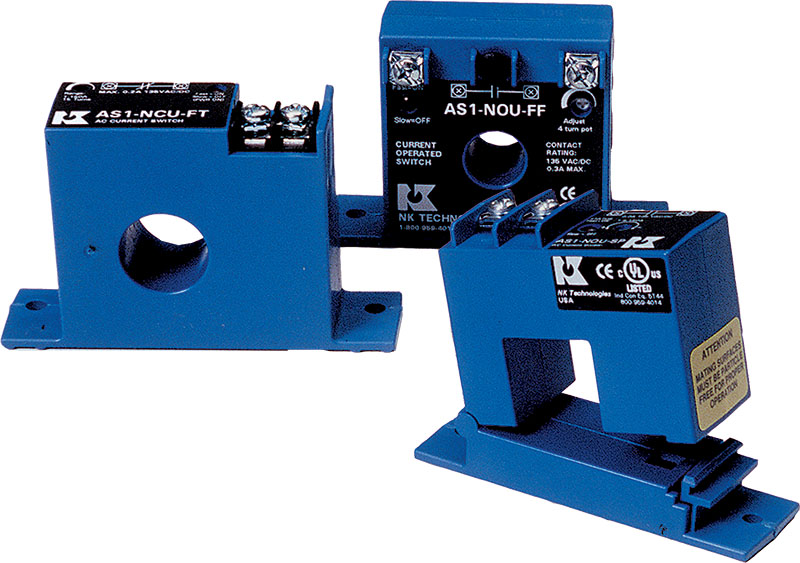Hanalee
Member
- Location
- China, Hongkong
- Occupation
- Electronic Engineer
I would like to know if there is a way to measure the current of a normal 12V dc motor.
I am using a DRV8838 and a Arduino Nano.
I want to use it to stop the motor once a specific current draw or load is reached, if the motor is about to stall.
I’m fairly new in all of this, so if possible a simple explanation would be nice.
I am using a DRV8838 and a Arduino Nano.
I want to use it to stop the motor once a specific current draw or load is reached, if the motor is about to stall.
I’m fairly new in all of this, so if possible a simple explanation would be nice.


